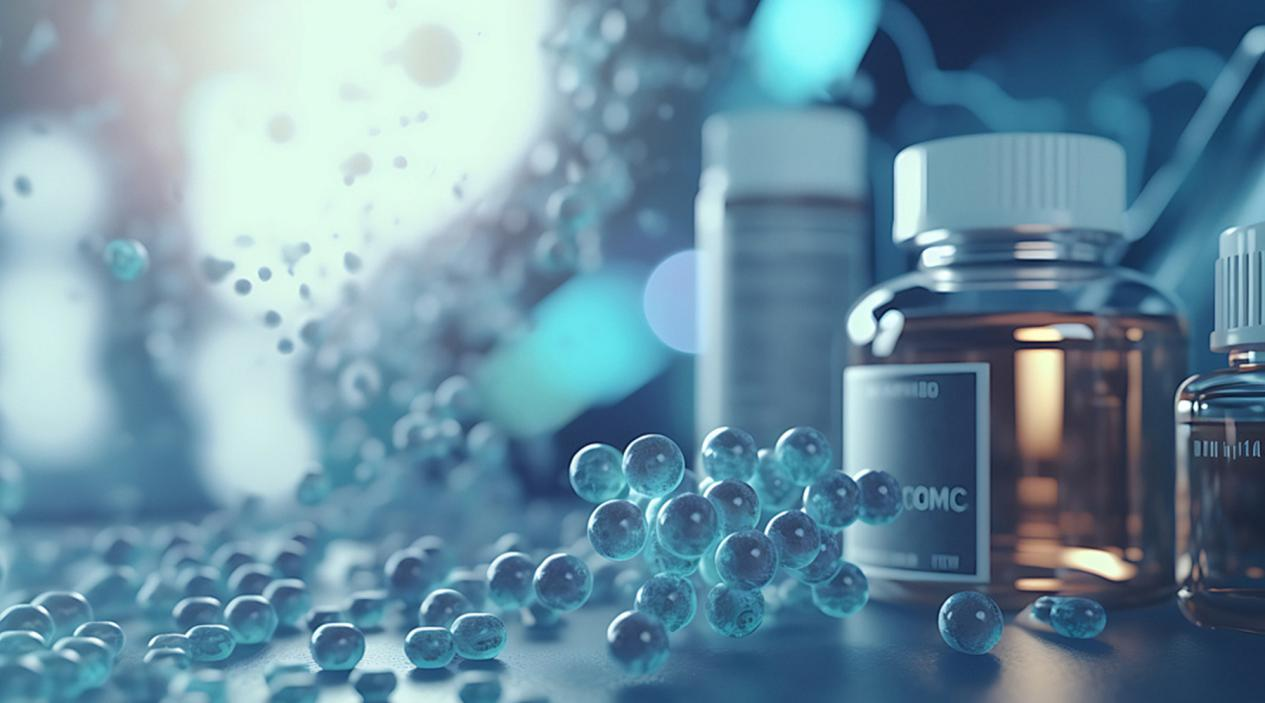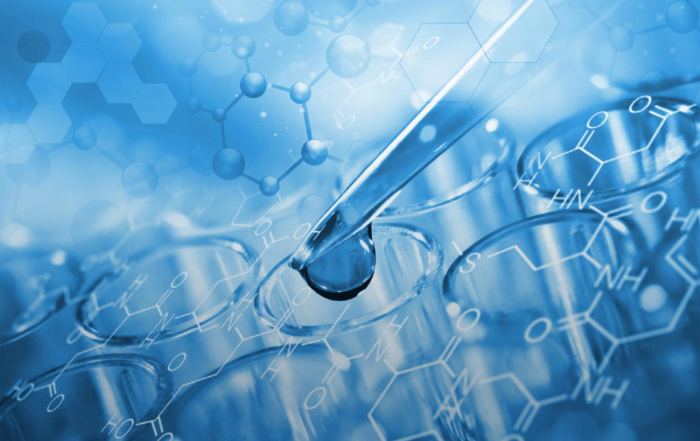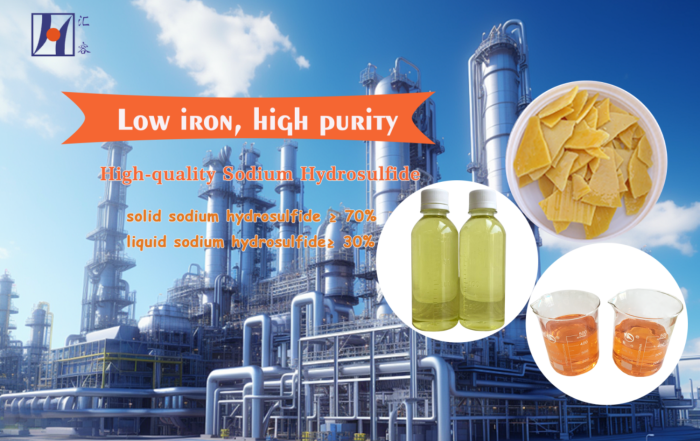1. What Are The Preparation Methods Of Sodium Hydrosulfide?
Sodium hydrosulfide (NaHS) is an inorganic compound with the chemical formula NaHS, a molecular weight of 56.07, and a CAS number of 16721-80-5 (anhydrous), 140650-84-6 (hydrate). It is a white or light yellow crystalline powder with a strong foul odor, easily soluble in water and alcohol, and its aqueous solution is strongly alkaline.
The physical properties of sodium hydrosulfide include light yellow solid, the melting point of the hydrate is 52~54℃, the melting point of the anhydrous is 350℃, the density is 1.79g/cm³, and it is soluble in water, ethanol and DMF, etc.
Sodium hydrosulfide (NaHS) is a compound that has a wide range of applications in the field of medicine, especially in the treatment of cardiovascular diseases. Sodium hydrosulfide can be prepared by a variety of methods. The following are some of the main preparation methods:
01 Absorption Method
Use sulfide solution (or caustic soda solution) to absorb hydrogen sulfide gas. Since hydrogen sulfide gas is toxic, the absorption reaction should be carried out under negative pressure. By connecting multiple absorbers in series, the hydrogen sulfide content is reduced to a lower level after multiple absorptions. The absorption liquid is concentrated to obtain sodium hydrosulfide.
02 Barium Sulfide Method
Sodium hydrosulfide is obtained by reaction using barium sulfide, sodium sulfide and sulfuric acid as raw materials. This method can obtain a product that meets the requirements at room temperature and pressure and within a certain reaction time, and the product is easy to separate from impurities. Due to the adsorption capacity of barium sulfate, the impurity iron content of the product is low.
03 Reaction Of Sodium Alcohol With Dry Hydrogen Sulfide
In a 150mL flask with a branch pipe, add 20mL of freshly distilled anhydrous ethanol and 2g of a small piece of metallic sodium with a smooth surface and no oxide layer. Insert a glass tube directly into the bottom of the solution through the branch pipe and pass dry hydrogen sulfide gas. The solution is saturated, and then sodium hydrosulfide precipitation is obtained by filtration and ether washing.
04 Using Refinery Dry Gas To Produce Sodium Hydrosulfide
Aiming at the gas composition characteristics of refinery dry gas, the ultra-gravity technology is used to treat the dry gas refining and desulfurization process, and the hydrogen sulfide in the acidic tail gas after dry gas refining and desulfurization is selectively removed, so that the purified hydrogen sulfide content reaches more than 99%, and the hydrogen sulfide after refining and purification is absorbed by continuous alkali liquid circulation to produce high-purity NaHS
2. What Are The Specific Application Cases Of Sodium Hydrosulfide In Pharmaceutical Products?
1. Cardiovascular Disease Treatment
As a donor of hydrogen sulfide (H2S), sodium hydrosulfide shows potential in the treatment of cardiovascular diseases. Studies have shown that NaHS can prolong the action potential duration (APD) and absolute refractory period (ARP) of ventricular myocytes, indicating that it may be used to prepare myocardial cell membrane stabilizing drugs. In addition, NaHS also has a specific inhibitory effect on the Ito potassium channel of myocardial cells and may be used to prepare Ito potassium channel inhibitors.
2. Anti-inflammatory Drugs
The application of sodium hydrosulfide in anti-inflammatory drugs has also been widely studied. For example, in the gastritis model caused by nonsteroidal anti-inflammatory drugs (NSAIDs), NaHS can reduce the degree of gastric damage and inhibit the expression of ICAM-1 and LFA-1 molecules in inflammatory tissues, thereby inhibiting the aggregation of neutrophils. In addition, NaHS has also been used to design new H2S donor non-steroidal anti-inflammatory drugs. These drugs reduce the gastrointestinal side effects of the original drugs and enhance the efficacy while retaining the original efficacy.
3. Nervous System Protection
The protective effect of H2S in the nervous system has also been studied. For example, the open-ring compound of the anti-cerebral ischemia drug butylphthalide was used as a lead compound and hybridized with the H2S donor ADTOH to design and synthesize a class of H2S donor-type butylphthalide open-ring derivatives. These compounds have significantly stronger platelet aggregation inhibition in vitro than the original drug butylphthalide.
4. Treatment Of Acute Lung Injury
In the oleic acid-induced acute lung injury (ALI) model, NaHS can improve the pathological changes of lung tissue, reduce the levels of inflammatory cytokines such as IL-6 and IL-8 in plasma, increase the content of IL-10 anti-inflammatory factor, and reduce the inflammatory response of lung tissue
Summary:
These cases show the wide application potential of sodium hydrosulfide in the medical field, especially in cardiovascular diseases, anti-inflammatory drugs, nervous system protection and acute lung injury treatment. With the deepening of research, sodium hydrosulfide and its derivatives may become effective drugs for the treatment of various diseases.




